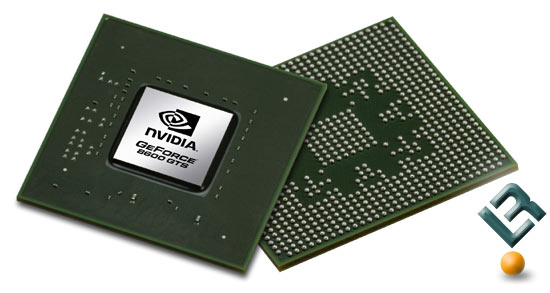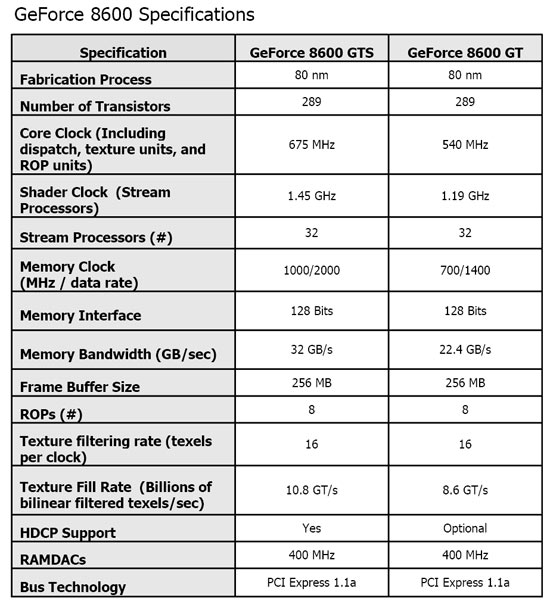XFX 8600GT and 8600 GTS XXX Edition Video Cards
The Mainstream DX10 Graphics Cards Finally Arrive
For just over 5 months NVIDIAs 8800 series cards have been kicking ass and taking names. Thats because for 5 months they have had no competition to their launch of the first DirectX 10 video cards which put them at a near 100% performance advantage over their last generation cards, as well as their competition. So while those with the cash to splurge on those cards have been enjoying the heck out of these great offerings NVIDIA has had their nose to the grindstone mapping out even more goodness for those of us contemplating the Ramen Noodle diet for a few weeks to keep up with the fast paced video card market.
What NVIDIA has been working on is a GPU that will enhance your Blue-Ray/HD-DVD movie playback and give you the ability run the upcoming DirectX 10 titles that we are still waiting (im)patiently for. They were also hard at work to keep power consumption down, temperature low, and performance high. What we get today is an 80nm GPU comprised of 289 million transistors which is just 11 million more than the high performance 7900GTX of last generation.
GeForce 8600 Specifications
The GeForce 8600 series of GPUs are based off the GeForce 8800 series GPUs and bring DirectX 10 graphics to the masses by being available in the popular $149-$229 price range. While right now not everyone needs the power of geometry shaders, unique instancing, massive texture arrays and high dynamic range rendering with 16x anti-aliasing, these features will be of great use in upcoming DirectX 10 game titles that are due out later this year.

The GeForce 8600 is available in two configurations. The GeForce 8600 GTS features a core clock of 675Mhz and a shader clock of 1.45Ghz. The GeForce 8600 GT features a core clock of 540MHz and a shader clock of 1.19Ghz. Both of the GeForce 8600 configurations contain a GPU with 289 million transistors that is built on the 80nm process. The core contains a unified shader design that consists of 32 individual stream processors. Each stream processor is can be dynamically allocated to vertex, pixel, geometry, or physics operations. The GeForce 8600 also has some tweaks that help improve per clock shader performance over the GeForce 8800. In the GeForce 8800, each texture processor can calculate four texture addresses and perform eight filtering operations per clock. In the GeForce 8600, each texture processor can calculate eight texture addresses and eight filtering operations per clock. This basically doubles the number of unique texture locations to be sampled!
Below is a chart that shows the differences between the GeForce 8600 GTS and GeForce 8600 GT.


Comments are closed.